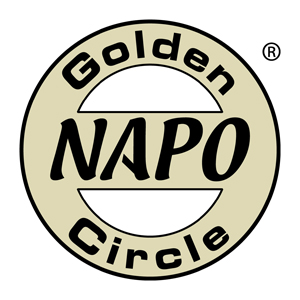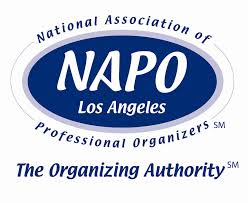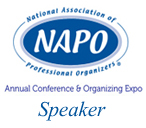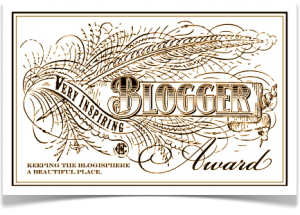The Mass-Media Madhouse
(Press-Central For Handy Soundbites, Useful Info,
And A Good Wet-Your-Pants Laugh)
Home / The Mass-Media Madhouse
(Press-Central For Handy Soundbites, Useful Info,
And A Good Wet-Your-Pants Laugh) / Smead Organomics / As Published In Smead Organomics --
Keeping Organized Meeting Minutes
As Published In Smead Organomics —
Keeping Organized Meeting Minutes

It stands to reason that taking organized minutes maximizes the effectiveness of your meeting. (After all — what would be the point of debating and deliberating and deciding, if no one could remember exactly what was discussed?) So how do you keep track of all the information that’s given out? It’s actually not as hard as it seems — if you have the right system.
The Basics
Of course, it’s best to start with the simplest elements — recording basic information about a gathering means including the date, name of the organization, and purpose of the meeting (annual review, budget planning session, nomination of new members, whatever) in your minutes. And dont forget to list the names of those people attending — just send around a sign-in sheet to save time.
Taking Efficient Notes
The most important rule for taking organized notes is to be selective — you don’t need to write down every word that’s said! As a new topic is introduced, start a new header on your page — otherwise, you may become confused later as one discussion merges into another. Write down only salient points. (These include motions, votes, actions taken — as well as suggestions that may be acted upon later, important facts worth noting, and dissenting views.) It’s also wise to make a note of who offered each idea.
Avoid Shorthand Woes
Unless you’re a trained stenographer, shorthand can be a mixed blessing. Most people’s shorthand consists of strange abbreviations that make sense at the time of the meeting — but which are indecipherable when reviewing the minutes later. Unless it’s a standard diminutive that anyone would recognize (re:, &, incl, etc) save yourself a headache and just write it out!
The Electronic Option
Sometimes, taking notes during a meeting is distracting — it keeps you from fully engaging in the discussion or absorbing the information that’s been shared. An easy solution to this problem is to use a small audio recorder to tape the proceedings, then transcribe the important points later.
Organizing Other Meeting Materials
Meeting-goers know that you tend to collect a lot of paper in addition to the minutes — memos, rosters, information about special events, budgets, reports. The easiest way to organize these is in an expanding accordion file. This allows you to set up a section for each category of paper — or for each organization. And a file with a lid and handle is portable, so you can take it with you to and from meetings.
Creating A Chronology
If you attend meetings regularly or serve as a secretary, you’ll probably accumulate a profusion of meeting minutes. Organize these in chronological order — either electronically, in a binder, or using a press-board folder with prongs. Simply hole-punch the latest set of notes (or write directly onto hole-punched paper) and place these on top of the older meeting minutes. Voila — an ongoing chronological reference.
Meetings are a fact of life in business, school, and your community activities — but with a few quick steps, you too can take organized minutes.
Click here for reuse options!Copyright 2001 RamonaCreel.com
 PS: Wanna instantly rack up some serious virtual cred? I've made it easy for you to share this content with your social networking friends, e-mail it to your peeps, or republish it in your own blog (thereby showing off how smart you are) with these links.
PS: Wanna instantly rack up some serious virtual cred? I've made it easy for you to share this content with your social networking friends, e-mail it to your peeps, or republish it in your own blog (thereby showing off how smart you are) with these links.
(iCopyright widget here)
"I Have More To Say About This... No Surprise!"
If you would like to reprint this page, please contact me





